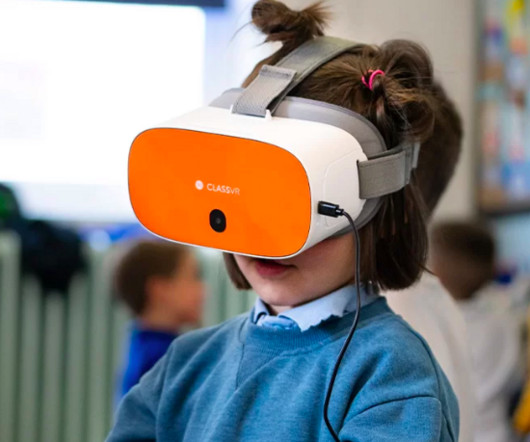Education Technology Trends for 2017: An Interview With Martin McKay.
EdTech4Beginners
JANUARY 25, 2017
Martin McKay is the Chief Technology officer and one of the founders of Texthelp Inc. He directs all research and development at Texthelp with a focus on developing new technologies to assist people who struggle with reading and writing. What do you think the year ahead has in store in terms of Educational Technology?















Let's personalize your content